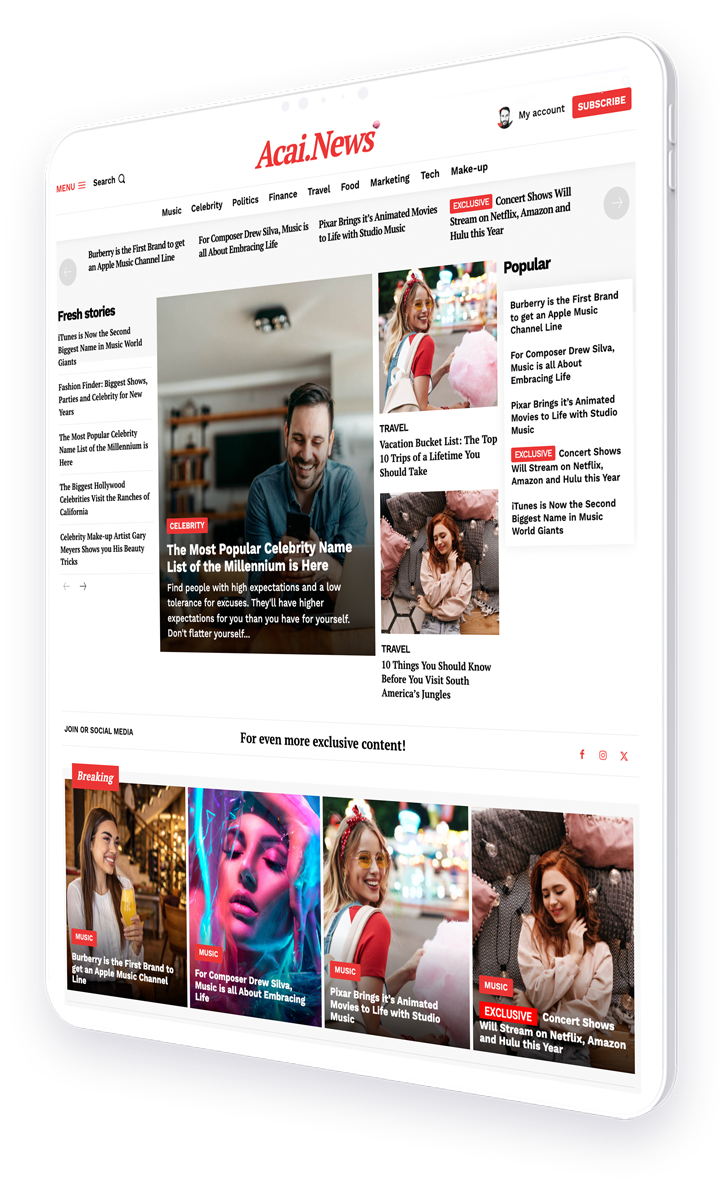How automated content flows keep readers engaged across weeks and months
Engaging readers over extended periods has become a critical challenge for content creators and marketers alike. With the digital space overcrowded with fleeting content, the key to maintaining reader interest lies in automated content flows. This article explores how these systems not only keep audiences engaged but also significantly enhance the content experience.
- Understanding Automated Content Flows
- Benefits of Automated Content Flows
- Strategies for Effective Content Flows
- Case Studies
- The Future of Content Automation
- Conclusion
Understanding Automated Content Flows
Automated content flows refer to the systematic and strategic delivery of content to readers based on predefined triggers and schedules. These flows use data-driven insights to determine what content is delivered, when it is delivered, and to whom, ensuring relevance and timeliness that keep readers coming back.
- Data-driven personalization
- Behavior-triggered emails
- Dynamic content recommendations
Benefits of Automated Content Flows
Implementing automated content flows brings several advantages:
- Increased Engagement: Content that resonates with readers’ preferences and behaviors leads to higher engagement rates.
- Enhanced Reader Retention: Regular and relevant content delivery helps maintain an ongoing relationship with the audience.
- Efficiency and Scalability: Automation allows for the handling of complex tasks with minimal manual intervention, scaling as content strategy grows.
Strategies for Effective Content Flows
To maximize the effectiveness of automated content flows, consider the following strategies:
- Segment your audience to tailor content precisely to different groups.
- Utilize analytics to continuously refine and optimize content delivery.
- Create a content calendar that aligns with key dates and audience activities.
Case Studies
Several companies have successfully implemented automated content flows, seeing substantial improvements in engagement and retention. For instance, a well-known e-commerce brand used automated emails to inform customers about new products based on their past purchases and browsing behavior, resulting in a 30% increase in repeat purchases. Another example is a media company that used machine learning algorithms to recommend articles, achieving a 50% increase in page views.
The Future of Content Automation
The future of automated content flows looks promising, with advancements in AI and machine learning enhancing the sophistication of content personalization and delivery. These technologies are expected to drive further improvements in content relevance, timeliness, and engagement.
Conclusion
Automated content flows are transforming how readers interact with digital content, making it possible to maintain engagement over extended periods effectively. By leveraging data, technology, and strategic planning, content creators can ensure that their material remains relevant and appealing, thereby sustaining a loyal audience base. As technology evolves, the potential for automated content systems will continue to expand, marking an exciting future for content creators and marketers alike.
For more insights into content automation, visit Content Marketing Institute.




